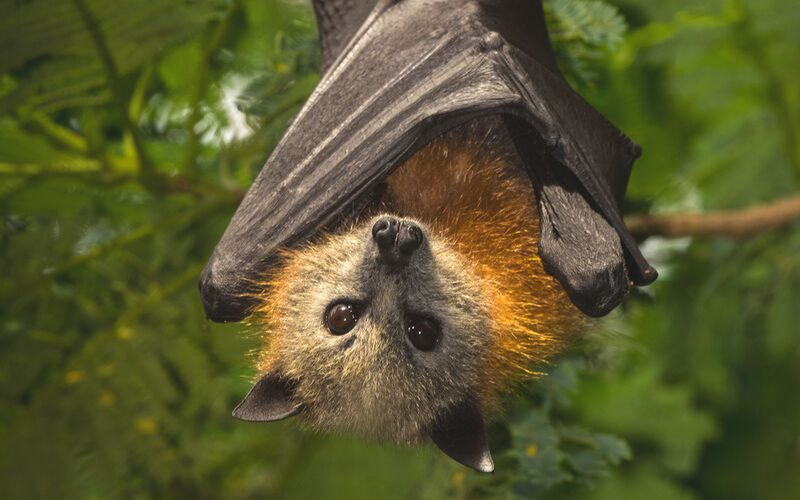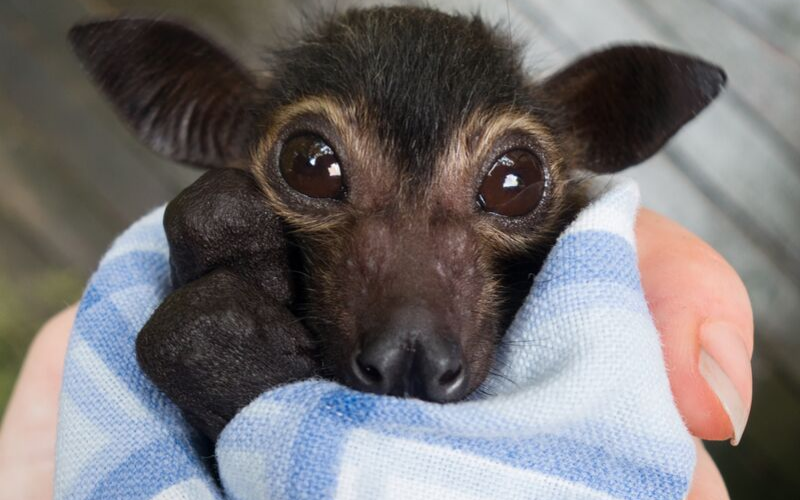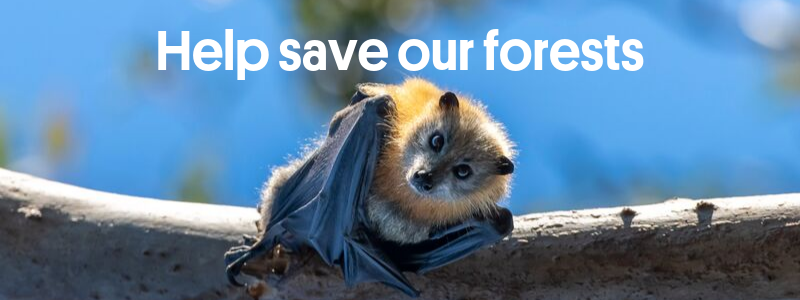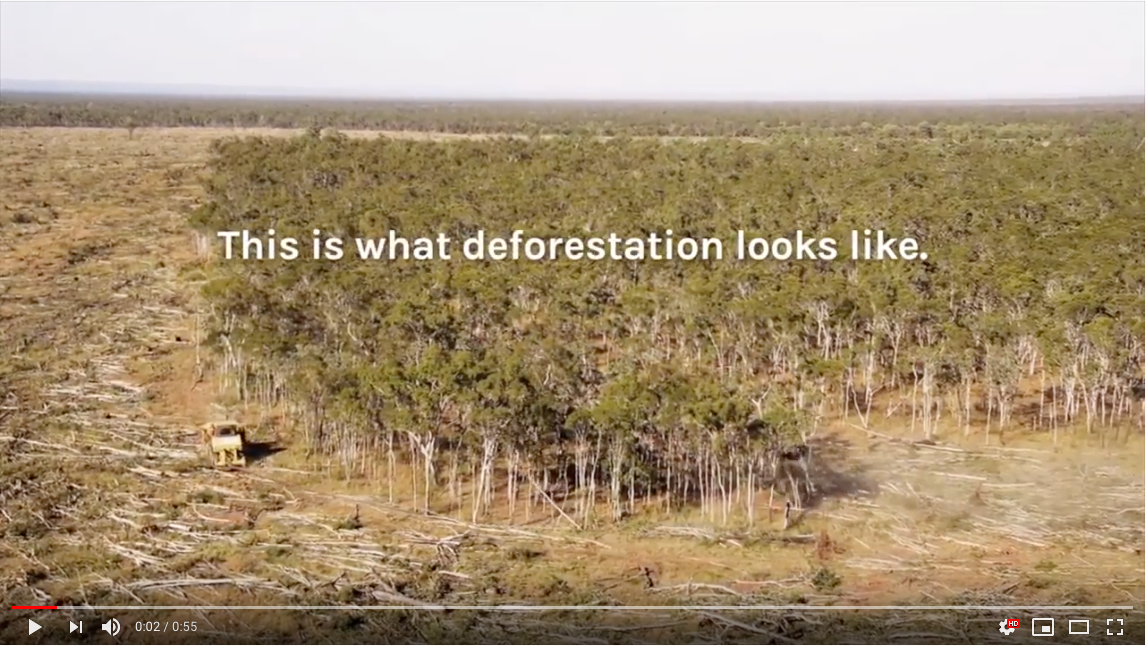News - 25 September 2019
Bats and Australia’s deforestation crisis
Australia’s forests are putting up the bat signal. And we need to heed it.
Across south-east Queensland and north-east New South Wales, wildlife rescuers are being inundated with tired and malnourished fruit bats that are reportedly falling out of trees.
According to wildlife experts, these bats are starving to death.
This latest catastrophe to befall some of Australia’s largest bat species (also known as flying foxes) is a symptom of a much larger and somewhat obscure problem: Australia’s deforestation crisis.

“Many of the forests that these flying foxes rely on for their diet of fruit and nectar have been bulldozed,” explains Micaela Jemison, a science communicator for the Wilderness Society and former bat scientist.
“Australia’s deforestation crisis means that the bats just can’t cope when added pressures are placed on them from bushfires and continuing drought.”
Deforestation — the reduction or complete removal of native forest and bushland — has escalated in Australia over recent years to reach globally significant levels.
Eastern Australia is now a designated global deforestation hotspot, alongside places like the Amazon, the Congo and Borneo.
Much of this deforestation occurs away from the public eye, but its effects are being witnessed by many in the local towns and cities who have seen a greater number of flying foxes take up residence in parks and urban trees.
“As their habitat disappears our flying foxes are forced to live closer to people. This is giving us a front-row seat to the unfolding extinction crisis as a direct result of deforestation and climate change,” says Jemison.
Thousands of flying foxes dropping out of trees is a very hard signal to miss. Especially when more than 23,000 died in just one day.
Almost one-third of an entire bat species, the spectacled flying fox, was killed in an extreme heatwave in far north Queensland in late 2018. This mass die-off event spurred the uplisting of the species nationally from 'vulnerable' to 'endangered'.

Sadly, these mass mortalities are not just rare events or restricted to only one species. Australia is now averaging one major flying fox die-off (in excess of 1,000 deaths) each year, impacting all four of the nation’s largest bat species.
Given that flying foxes are increasingly roosting near urban areas, the impacts of deforestation and climate change on bats are now highly visible.
The question is: are we going to act?
“As a bat scientist, I have come to realise that the greatest power we have to immediately address the extinction crisis and climate change is to protect our forests,” says Jemison.
"Flying foxes are Australia's canaries in the coal mine. We just need to listen."

